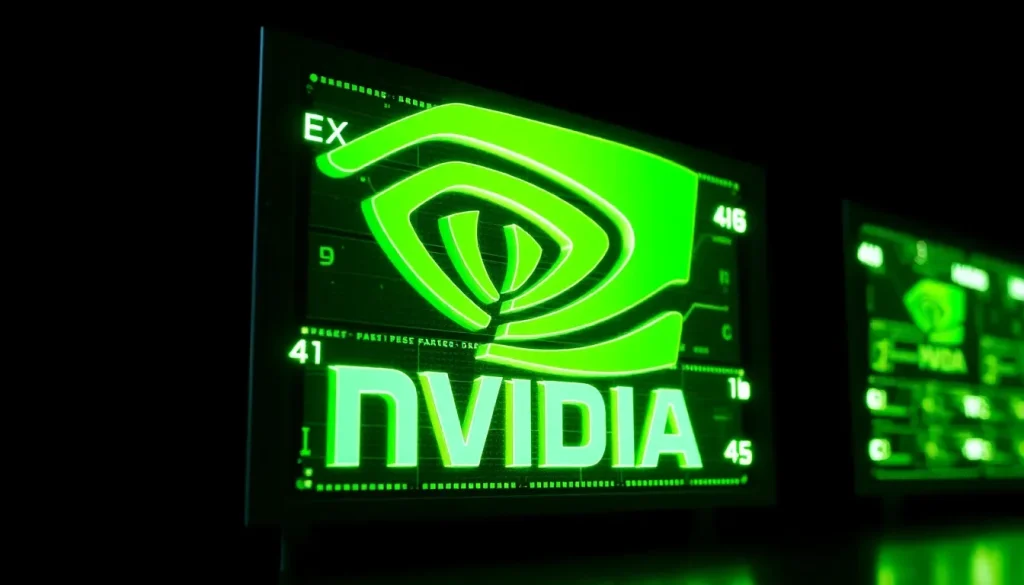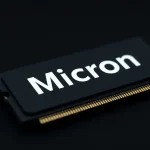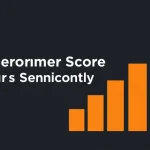Nvidia plans to enter the storage controller market

Nvidia is poised to revolutionize the storage controller landscape with its innovative BlueField-2 SmartNIC card. This strategic move aims to capture the attention and business of major external storage array vendors, including industry giants like Dell, Pure Storage, and VAST Data. The evolution of storage technology is underway, and Nvidia is at the forefront of this transformation.
As data demands continue to grow exponentially, the need for efficient and powerful storage solutions has never been more pressing. In this context, Nvidia’s advancements in SmartNIC technology could significantly change how enterprises manage and utilize storage resources, enhancing performance while reducing costs.
Understanding SmartNICs and DPUs
SmartNICs, or Smart Network Interface Cards, represent a new frontier in data processing units (DPUs). Nvidia positions the DPU as a third class of processor that complements traditional CPUs and GPUs. While the CPU serves as a general-purpose processor and the GPU excels in graphics processing, the DPU acts as a vital intermediary, managing data traffic between these two components.
Kevin Deierling, Nvidia's Senior Vice President of Marketing for Networking, emphasized the growing importance of DPUs as enterprises increasingly adopt artificial intelligence (AI) technologies. He noted that the traditional server box is becoming less viable for modern computing needs, with data centers emerging as the new computing units.
- The DPU is designed to handle repetitive network and storage functions efficiently.
- East-west traffic, which refers to data moving within a data center, is now more prevalent than north-south traffic, which involves external communications.
- The incorporation of DPUs can lead to enhanced data center performance and reduced costs.
As these trends continue, it’s clear that DPUs could soon be standard in every data center server, with external arrays also potentially transitioning from traditional x86 controllers to more efficient DPU-based solutions.
Transforming Data Center Operations with DPUs
Today, DPUs are instrumental in handling repetitive tasks within data centers, freeing up CPUs for more critical workloads. As data sets expand, the benefits of offloading these functions to specialized processors become increasingly apparent.
The DPU can run essential server management software, including hypervisors. For instance, VMware's Project Monterey showcases how the vSphere ESXi hypervisor can be integrated with BlueField-2's Arm CPU, streamlining the management of storage, security, and networking in east-west traffic flows.
- Accelerating performance for VMware functions like VSAN and NSX.
- Enabling better resource allocation and efficiency.
- Facilitating seamless communication between servers and storage components.
SoCs vs. Chips: A New Paradigm in Processing
Deierling asserts that DPUs should be viewed as multiple system-on-chip (SoC) units rather than a singular chip. This perspective highlights the DPU's ability to leverage various accelerator engines for parallel processing tasks, including:
- Packet shaping
- Data compression
- Encryption
- Deduplication
While companies like Fungible adopt a single-chip approach for their DPUs, Deierling argues that this model limits the potential for parallel processing, which is vital for maximizing performance.
Fungible's VP of Marketing, Eleena Ong, counters this view, stating that their DPU architecture allows for a high degree of programmability and parallelism. This flexibility enables multiple workloads to be supported simultaneously, depending on the chosen DPU configuration.
Competitive Innovations: Nebulon’s Approach
Another player in this space, Nebulon, is developing its own “Storage Processing Unit” (SPU) aimed at reducing hardware costs for SAN controller functions. This solution, which utilizes dual Arm processors and various offload engines, aligns closely with Nvidia's DPU vision.
By optimizing the storage processing capabilities, Nebulon’s approach aims to compete effectively against traditional dual Xeon controller setups, offering similar functionalities at a lower cost. This kind of innovation reflects the broader trend toward cost-effective and efficient storage solutions in the tech industry.
Integration of Hardware Accelerated GPU Scheduling
Hardware accelerated GPU scheduling is a critical feature that enhances the performance of GPUs in various applications, particularly in gaming and data processing environments. Nvidia's advancements in this area allow GPUs to manage workloads more efficiently, reducing latency and improving frame rates.
- Improves responsiveness in gaming applications.
- Reduces CPU overhead by delegating tasks to the GPU.
- Enhances performance in data-intensive applications.
As more applications leverage this technology, users can expect smoother experiences, whether in gaming or resource-heavy computational tasks.
Observing GPU Usage in Task Manager
Understanding GPU performance is essential for optimizing system performance. Users can easily monitor GPU usage through the task manager, providing insights into how their systems handle various workloads.
To check GPU usage, follow these steps:
- Right-click on the taskbar and select "Task Manager."
- Navigate to the "Performance" tab.
- Click on "GPU" to view real-time usage statistics.
This visibility allows users to identify bottlenecks and optimize resource allocation effectively, ensuring that both CPU and GPU are utilized to their full potential.
For those interested in a deeper dive into optimizing Nvidia settings for gaming, you might find this video useful:
Nvidia's strategic innovations in the realm of storage controllers and SmartNIC technology signal a significant shift in the industry. By enhancing the functionality and efficiency of storage solutions, Nvidia is not just competing; it's setting new standards that could reshape the future of data center architecture.




Leave a Reply